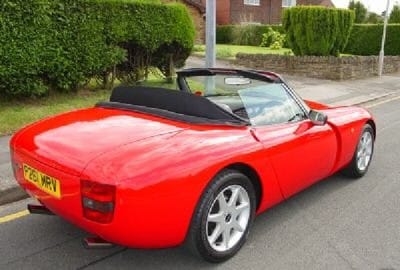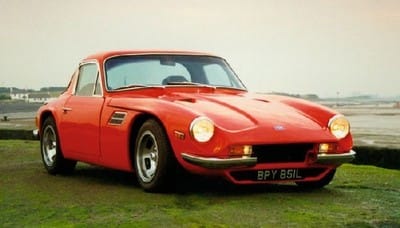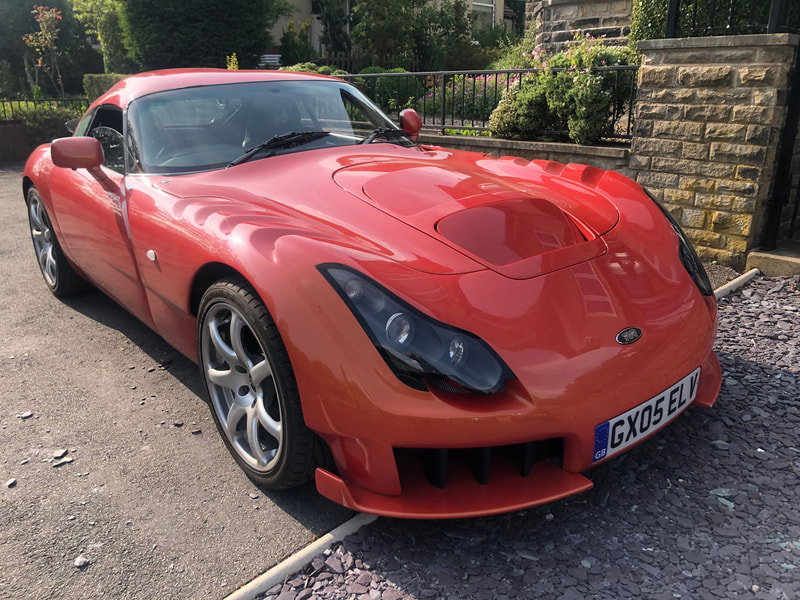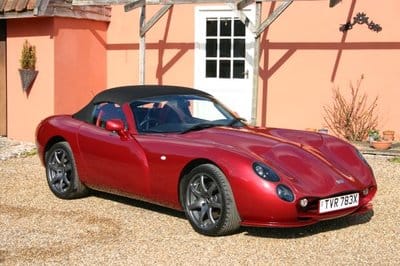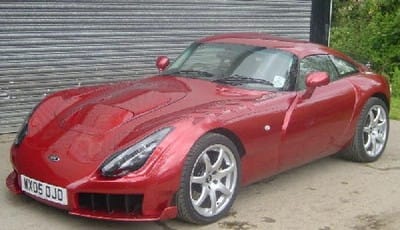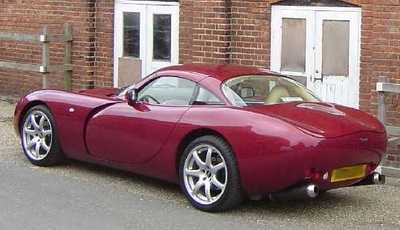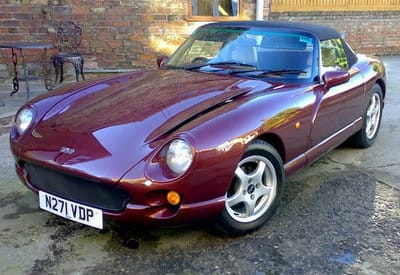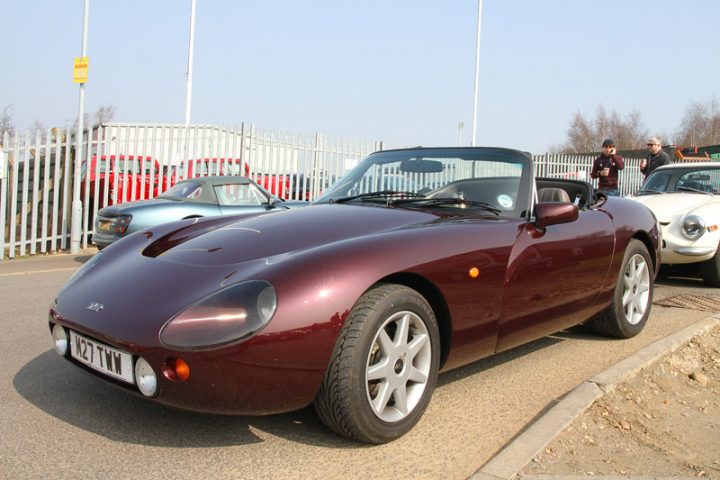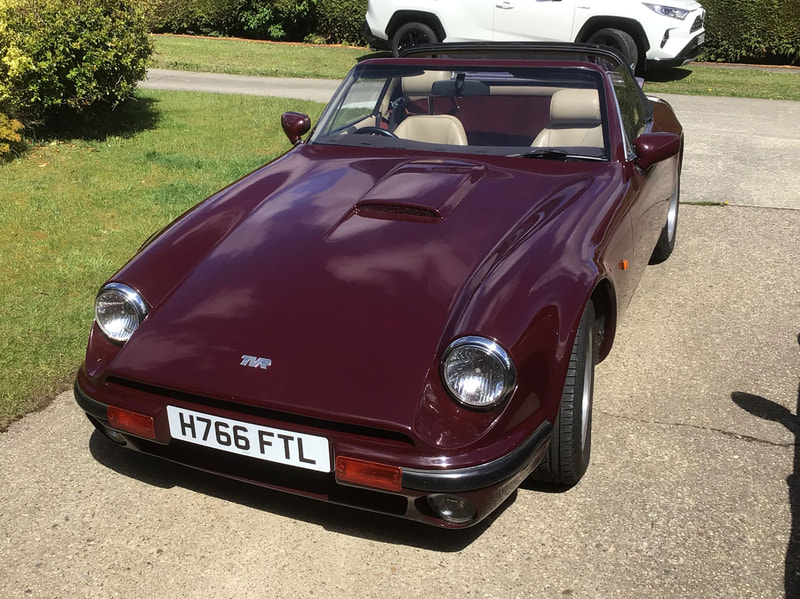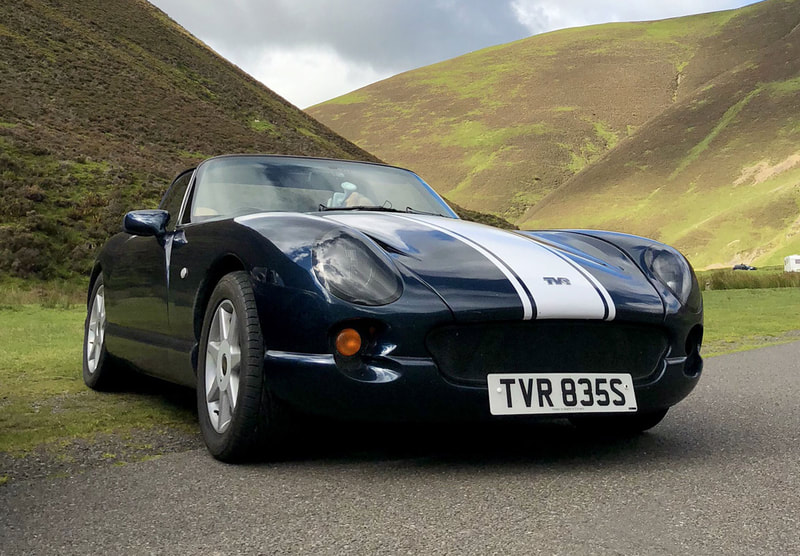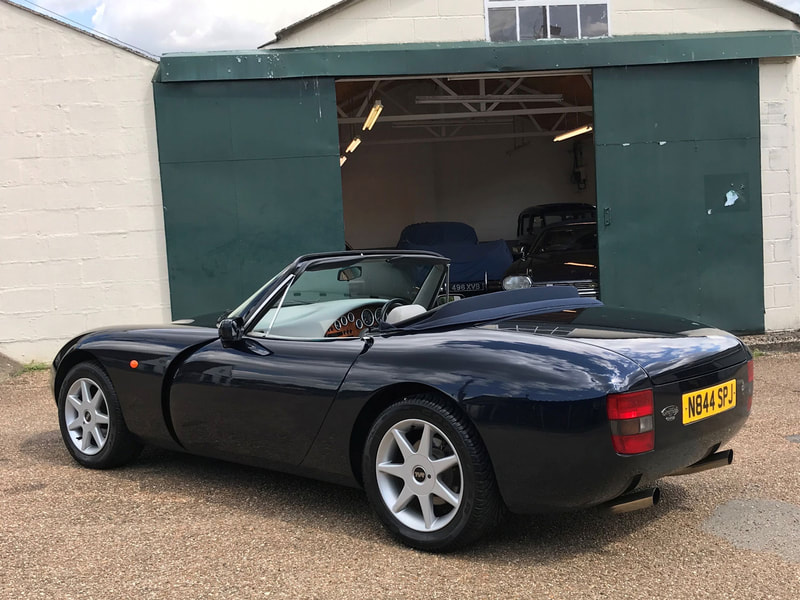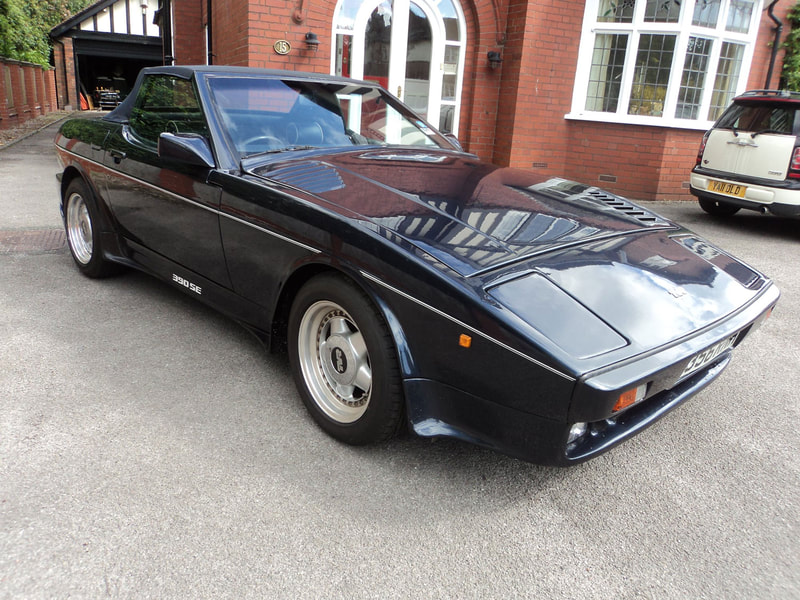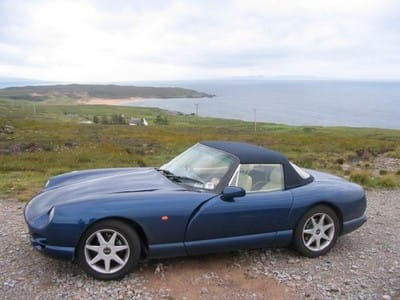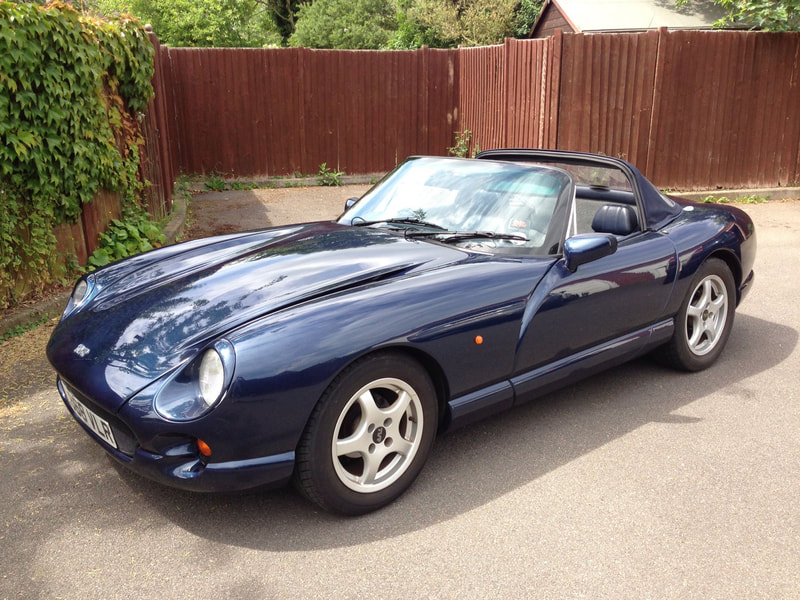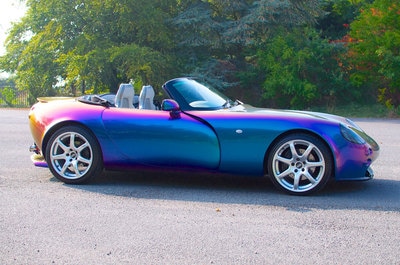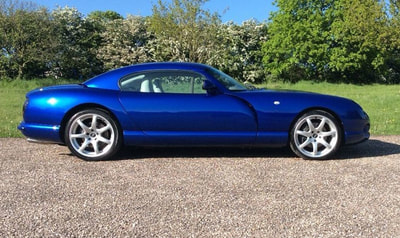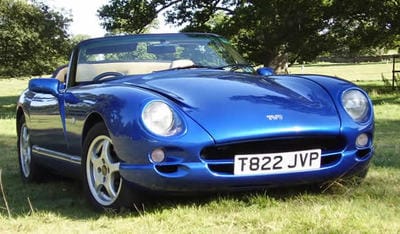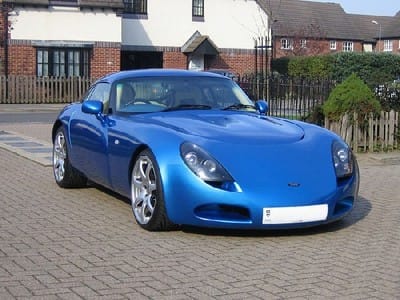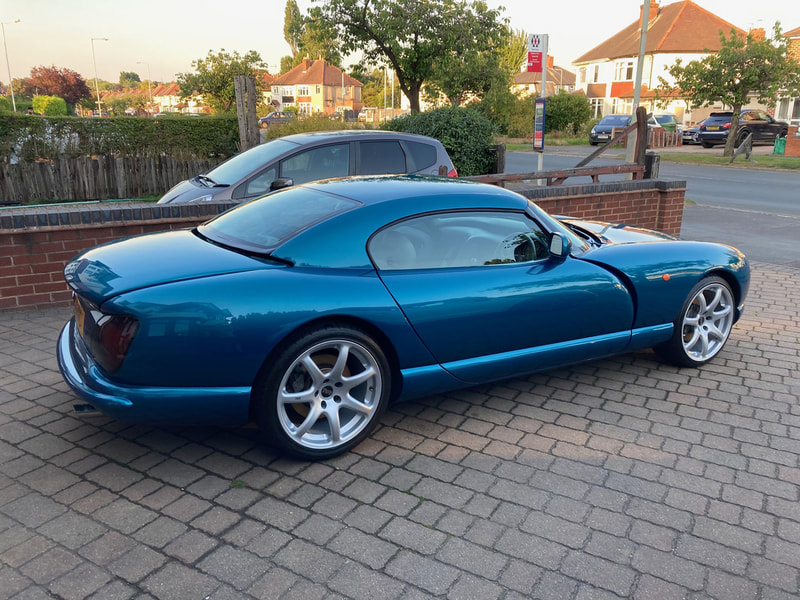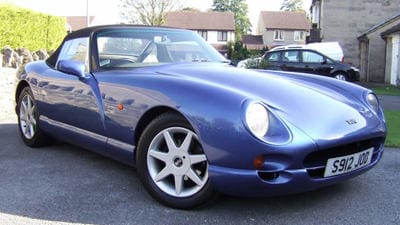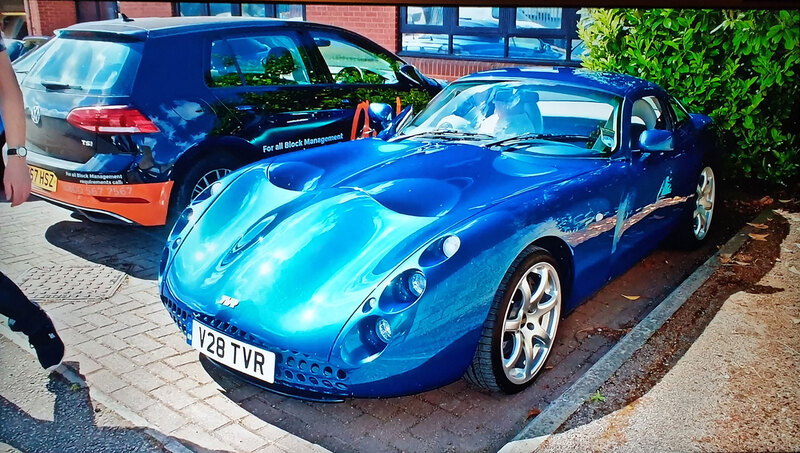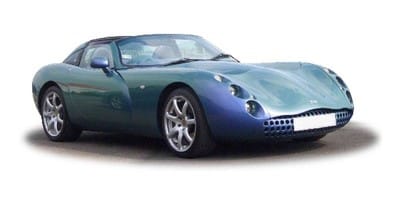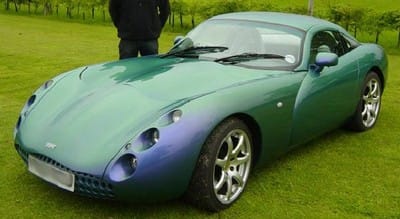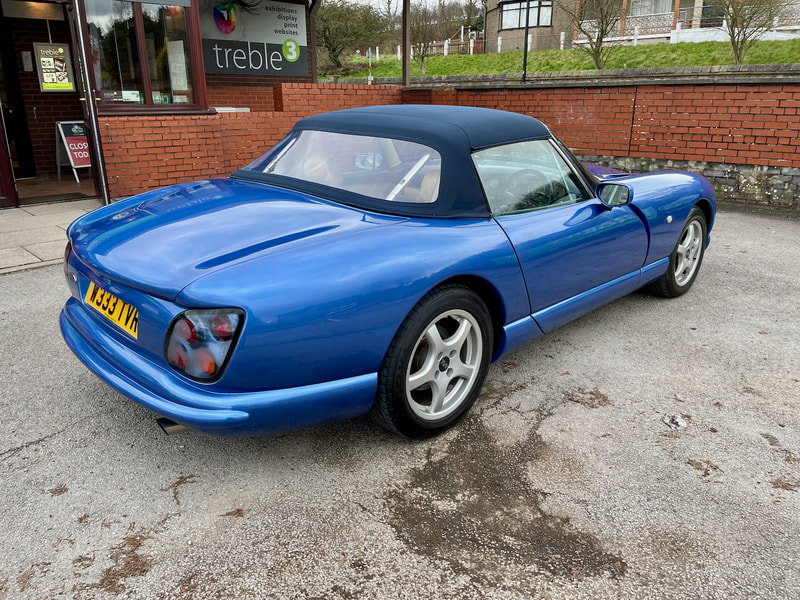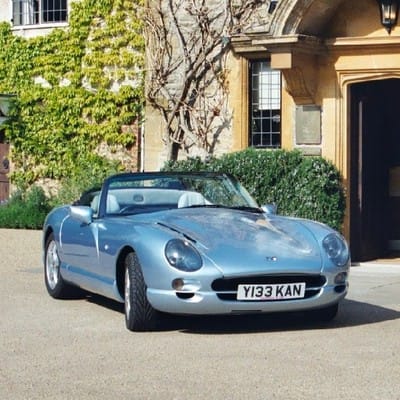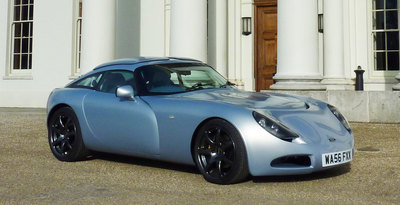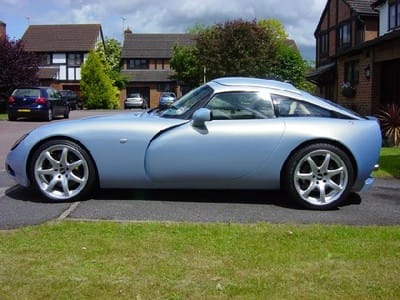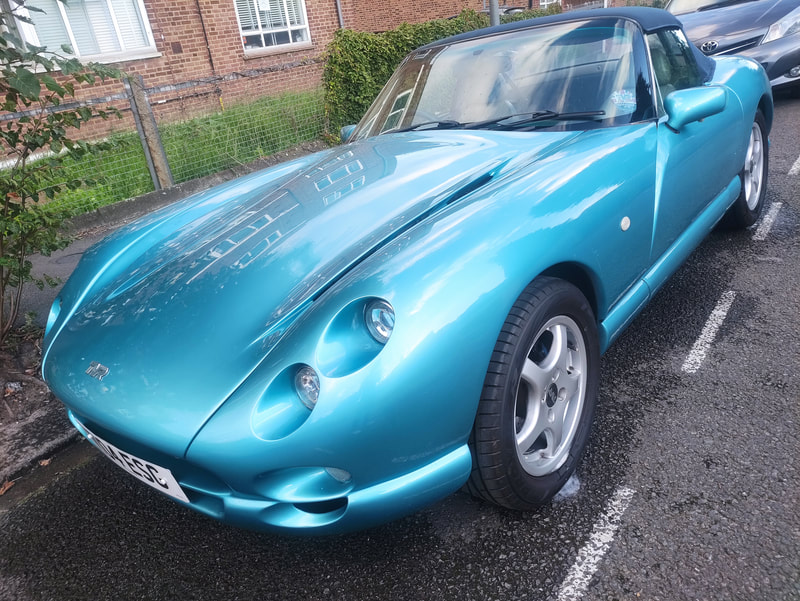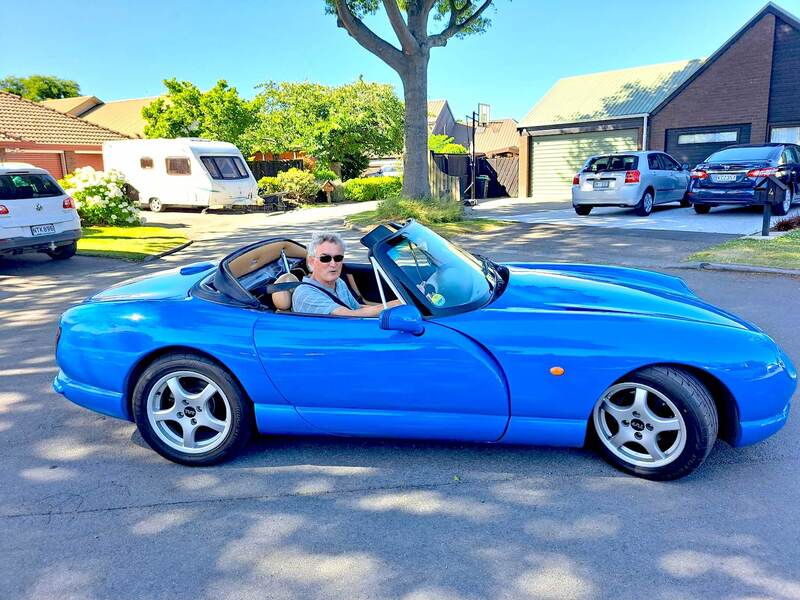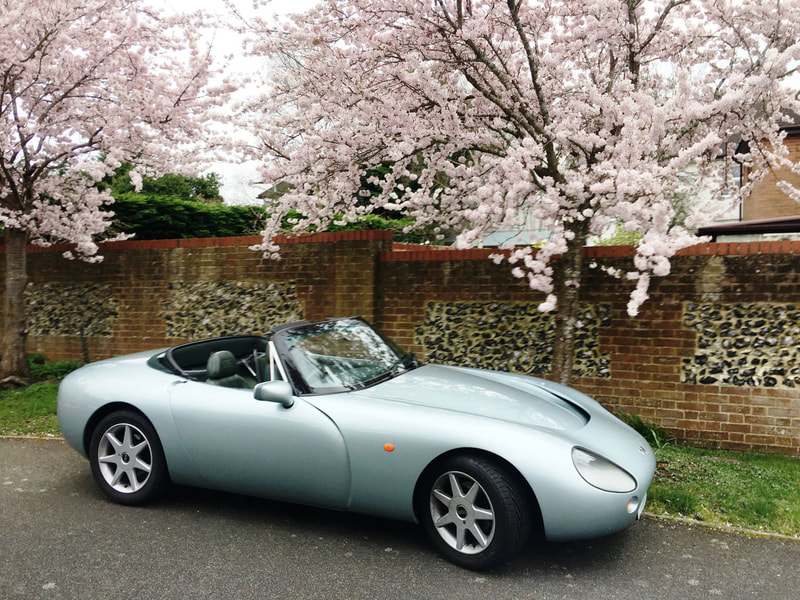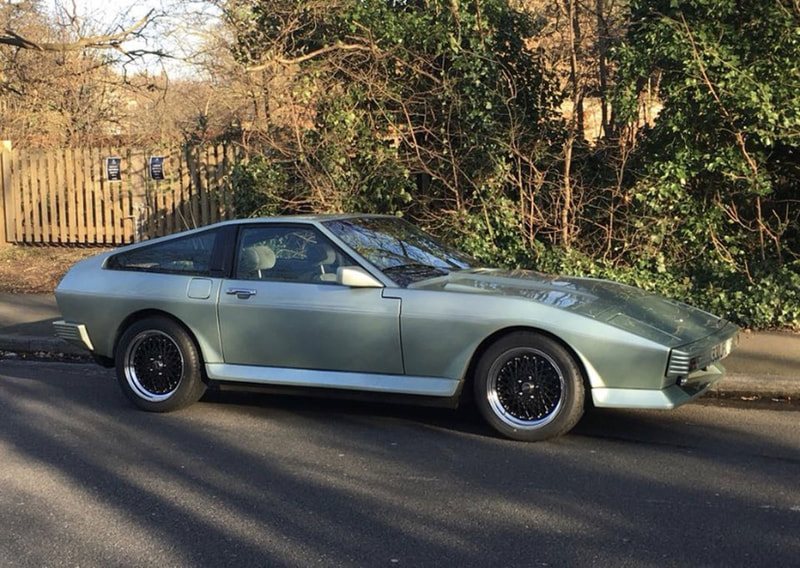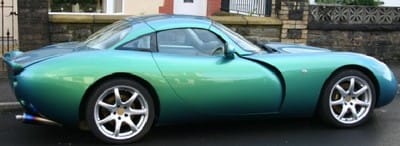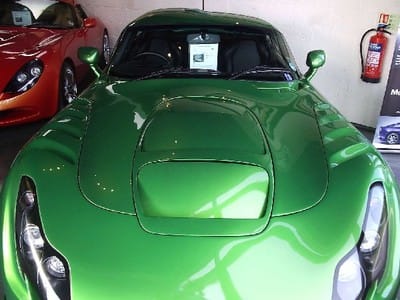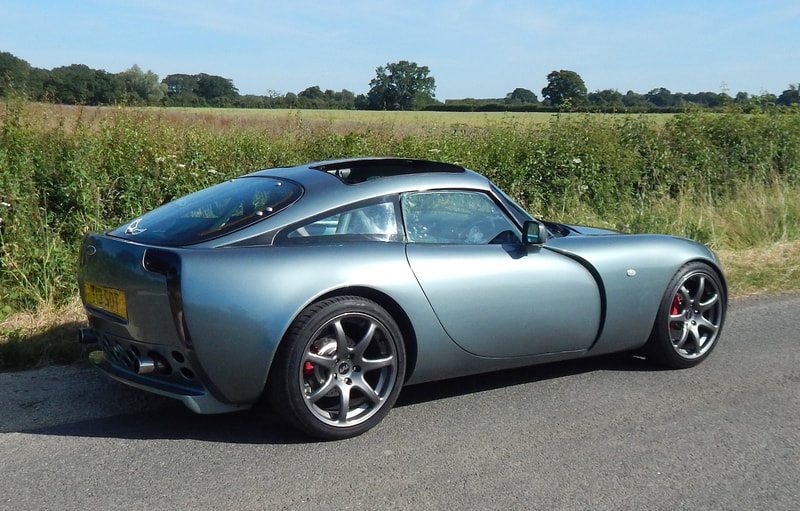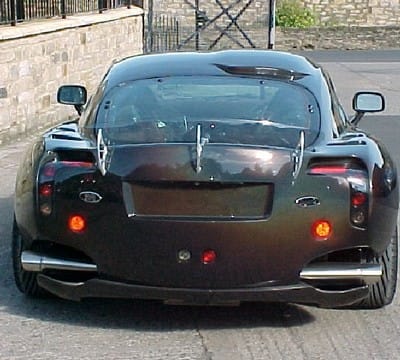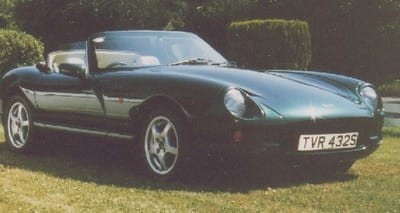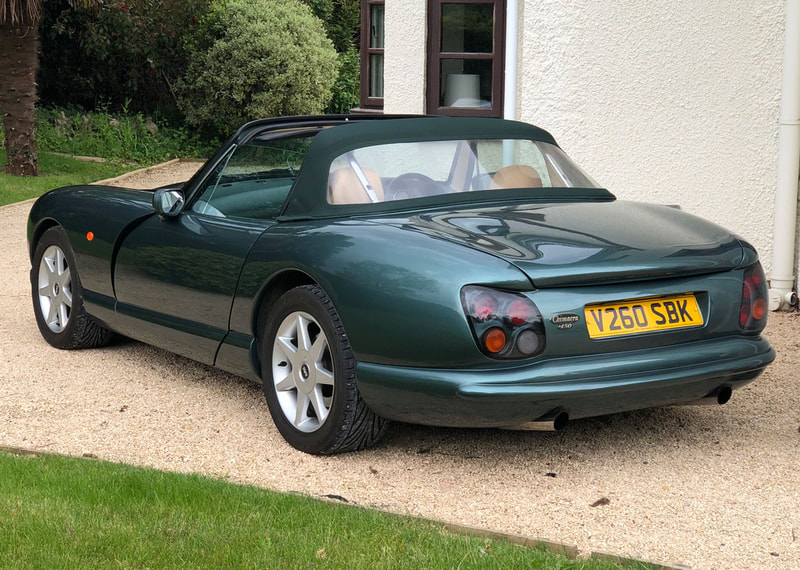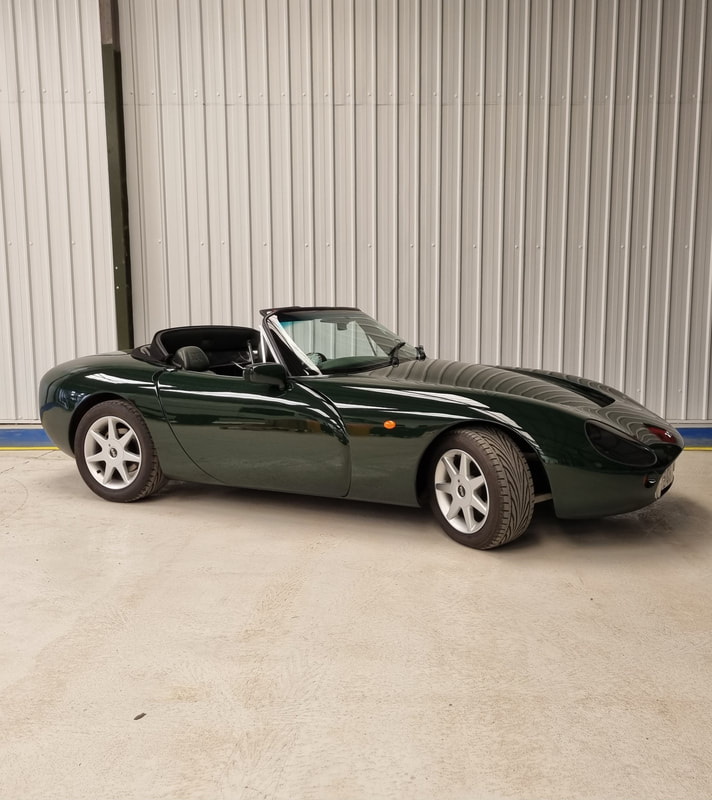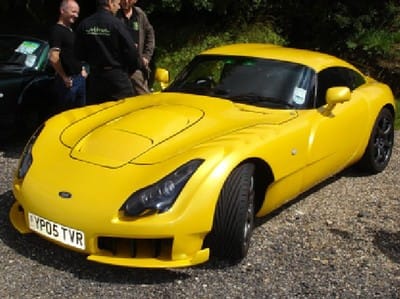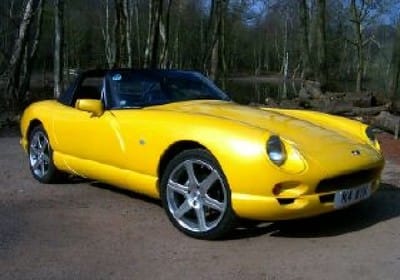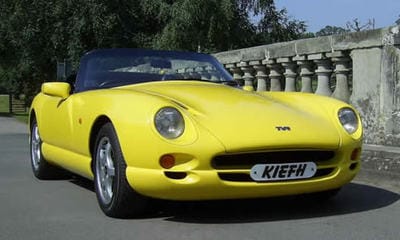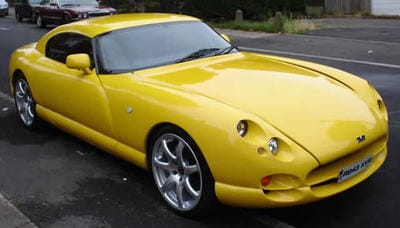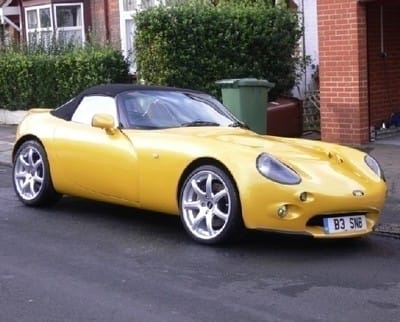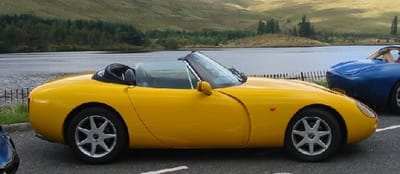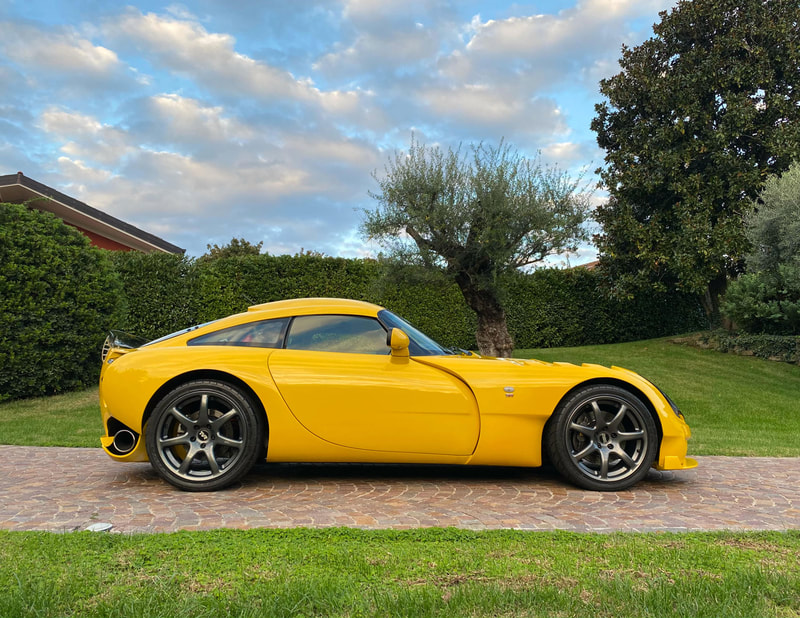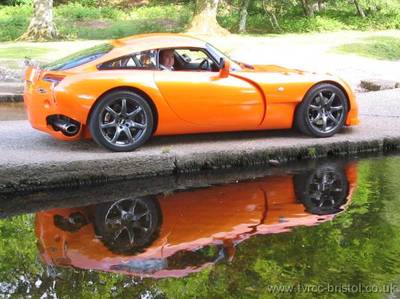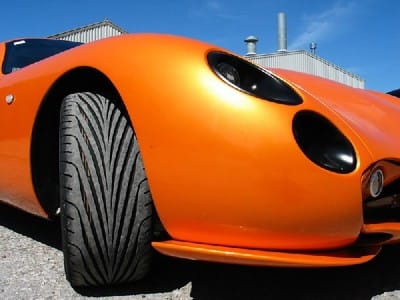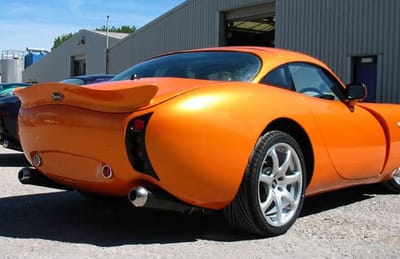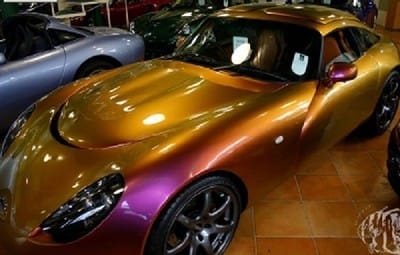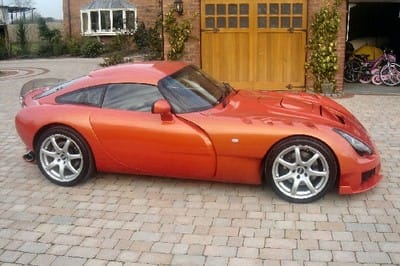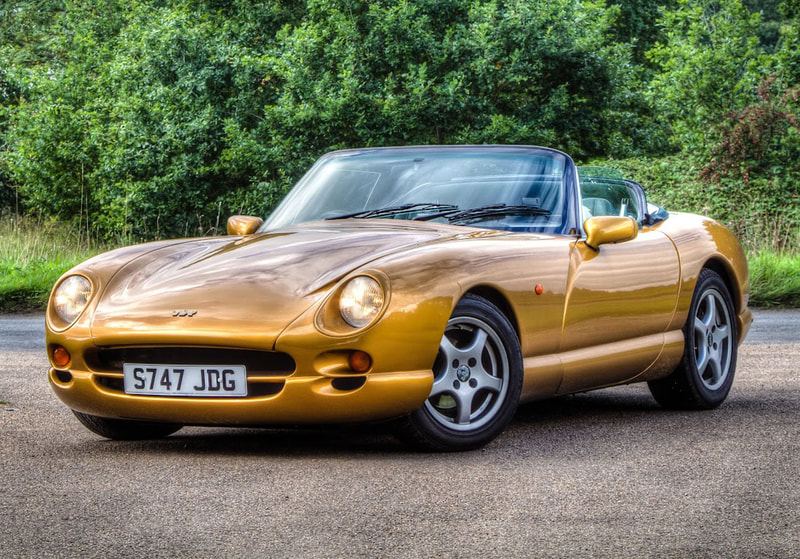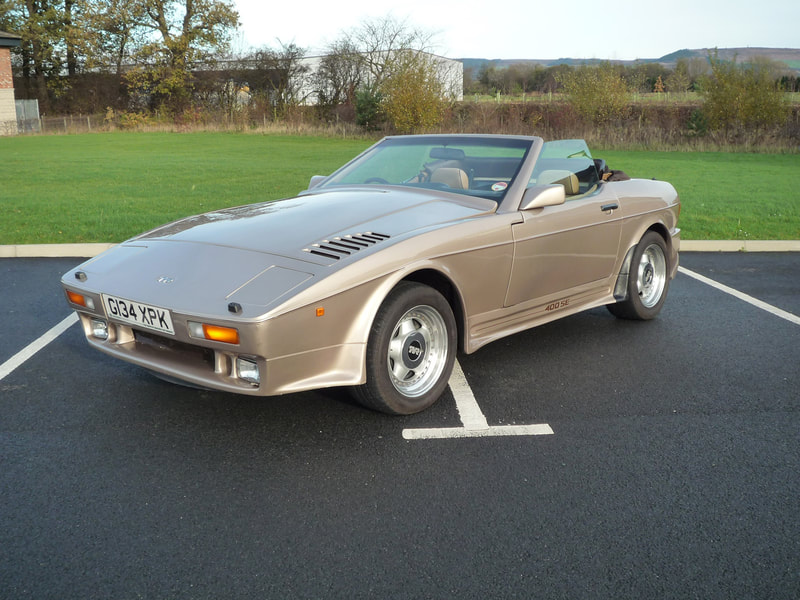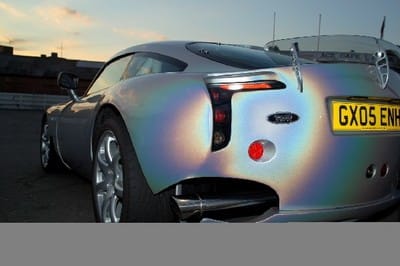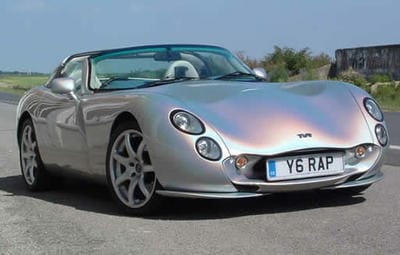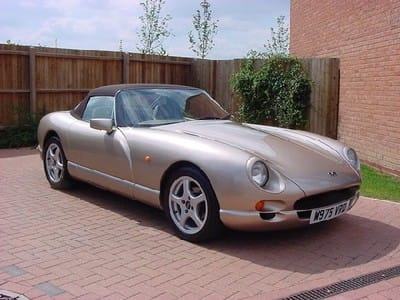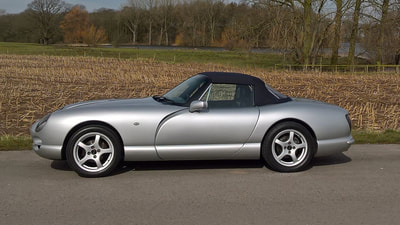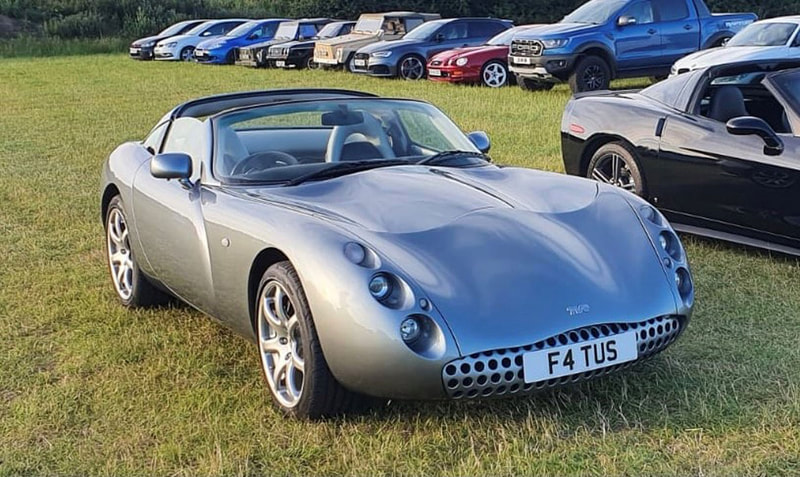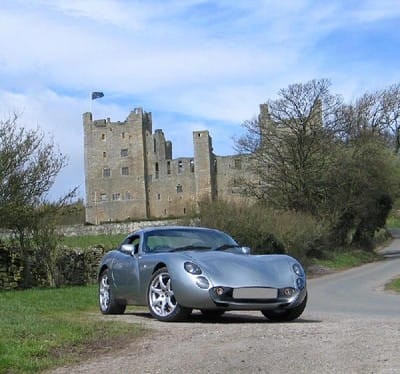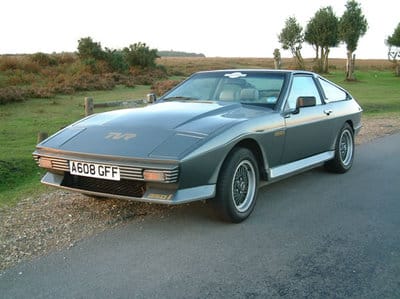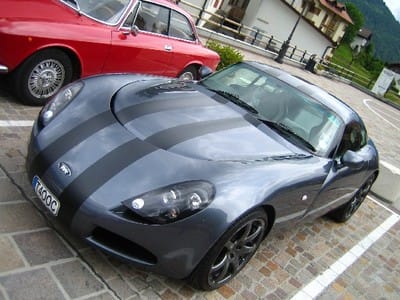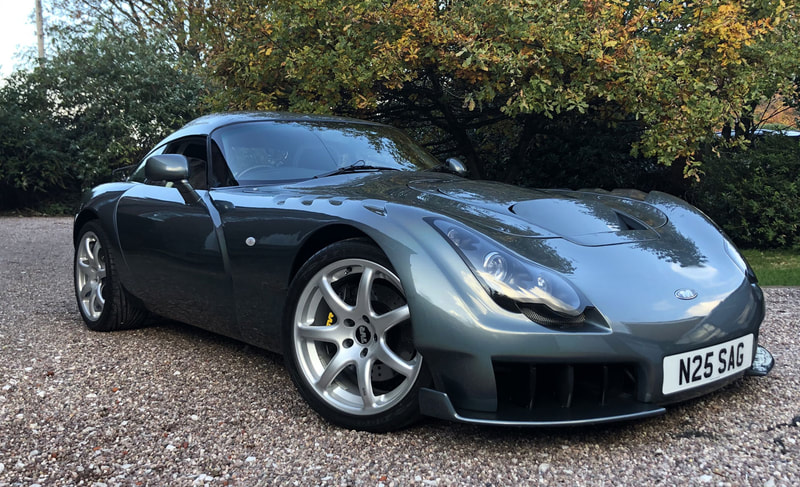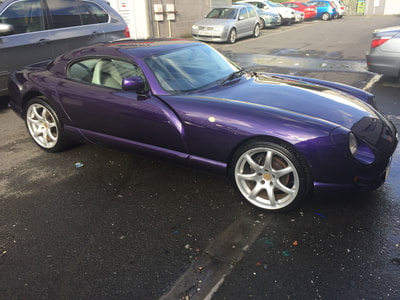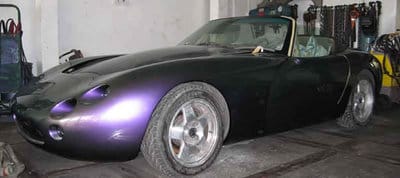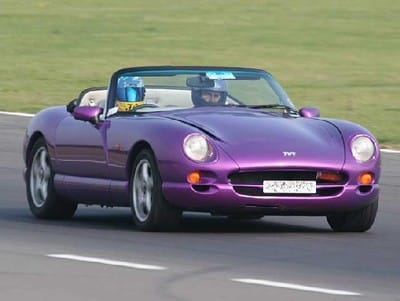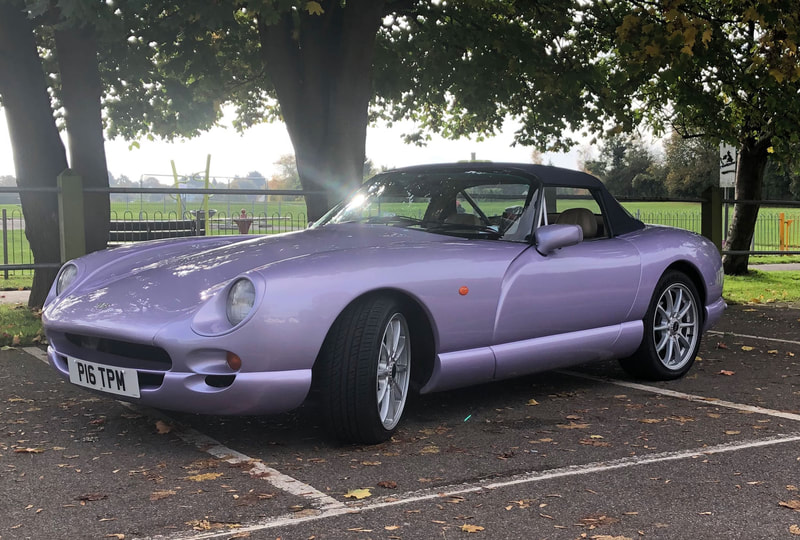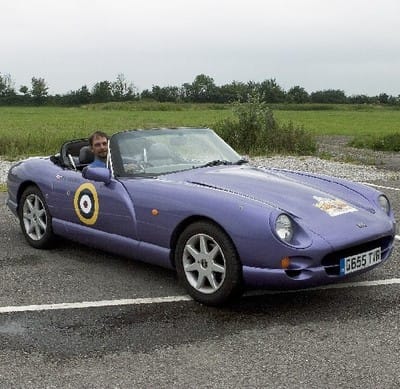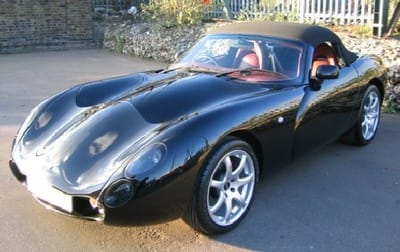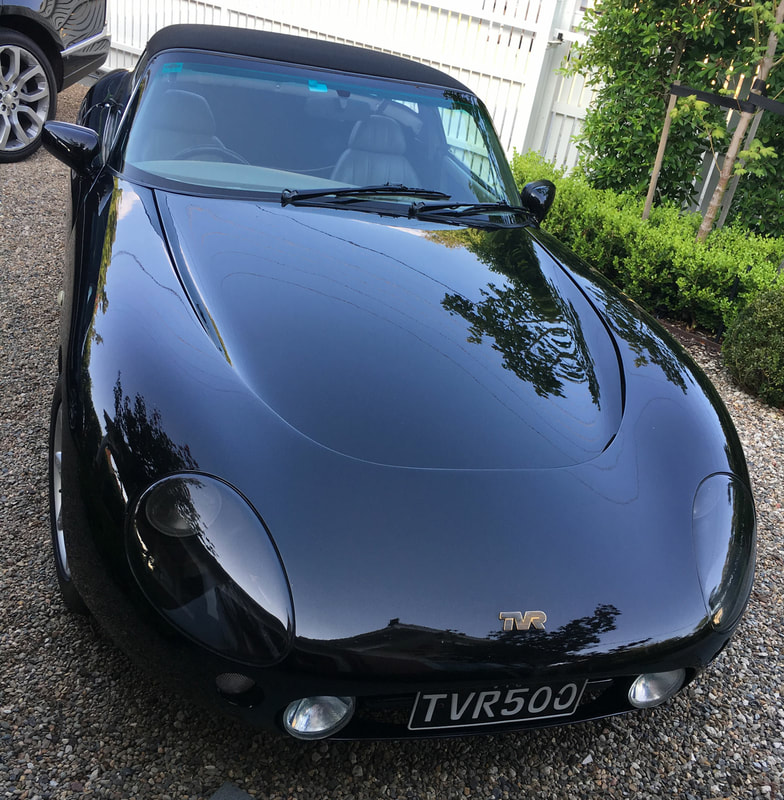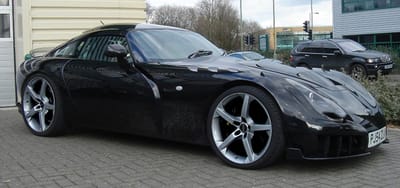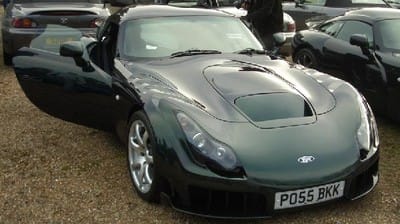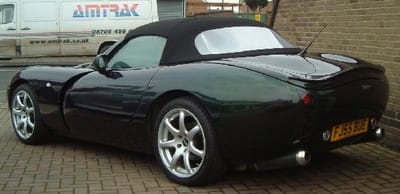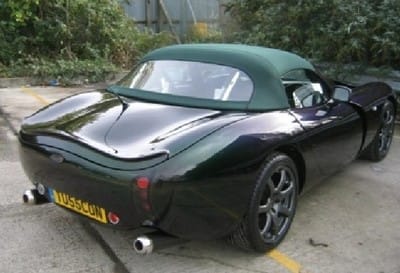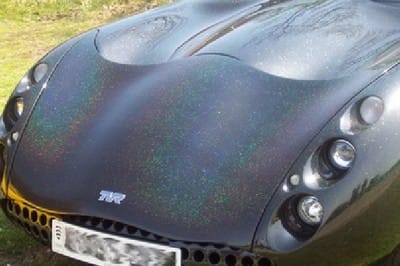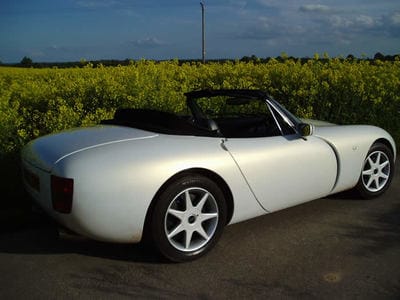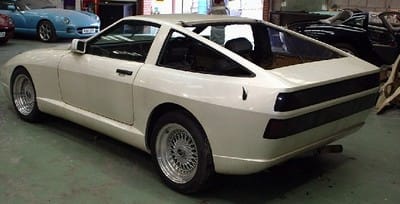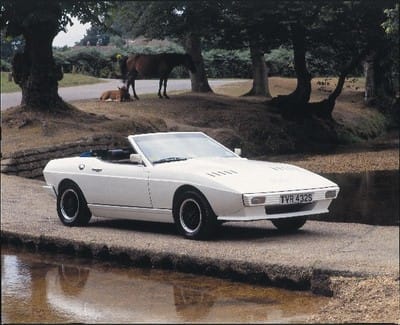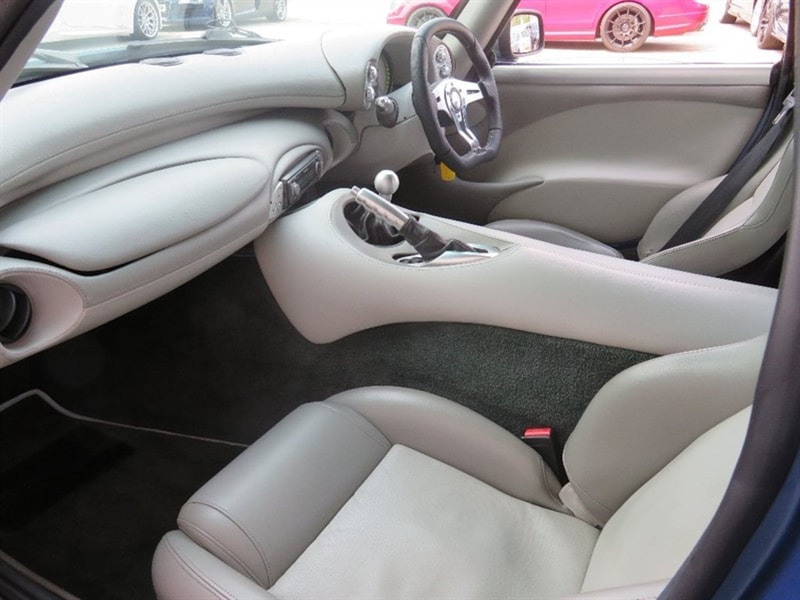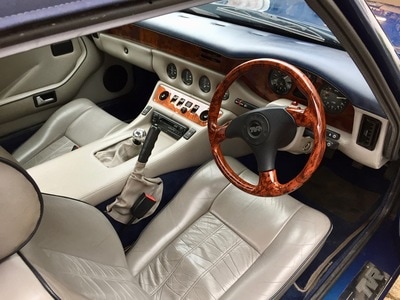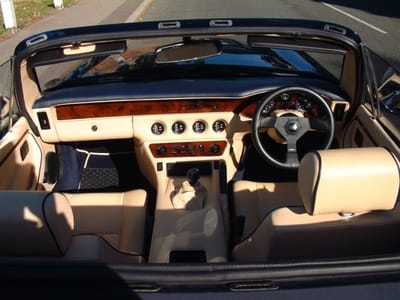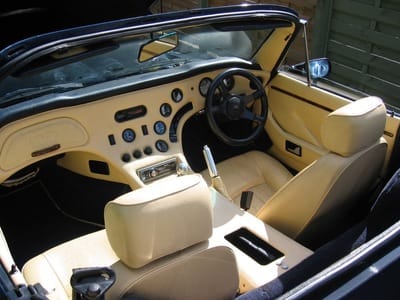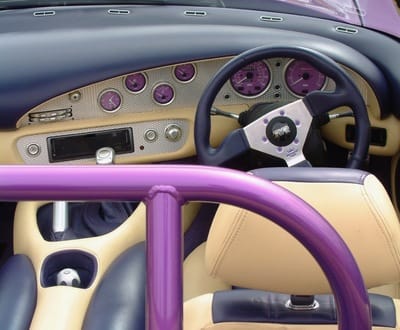TVR Paint Colours
|
TVR used to paint new cars 'any' colour you wanted!
One of the most difficult things to do when choosing the specification for a new TVR was to know which colour to choose, as TVR would paint your new car any colour you wanted. This makes sorting out which used TVRs to look at from a selection of advertisements quite daunting, as you definitely don't want to get it wrong. Following a suggestion from one of our members in the Discussion Forum, in which it was commented that they were at their local dealer looking at the colour of a new demo (not a TVR) in which the swatch looked a really lovely Bronze whereas in reality the colour that turned up looked like the contents of a new born's first nappy, a thread developed in which members were invited to post pictures of their TVRs together with the official colour name in a way that best displays the colour. That way, anyone looking for a car could then peruse the colours and if they find one of interest could then mail that person for some more pics if necessary. Unfortunately, this thread grew rather long and took a long time to load so in an attempt to make it easier to access, it was decided to create this page to host the photographs. The images are grouped by the main colours: Red, Blue, Green, Yellow/Orange, Silver/Grey, Purple, Black and White. If your colour isn't shown please post a photograph with the details to uisng the form on this page. The TVR Car Club accepts no responsibility for the effects of photography or colour interpretation of the internet/your PC on any of the colours shown. These pages are intended as a guide only. |
|
Red
Blue
Green
Yellow / Orange/Gold
Silver / Grey
Purple
Black
White
Interiors
If you thought that the exterior colours were difficult enough to select, the interior colour combinations can be even more mind boggling!
Paint Colour Codes
We are indebted to TVRCC member Steve Boyce who works in the automotive paint industry and who has kindly put together a database of all known "standard" TVR colours. Apparently if it's not on this list, it is bespoke!
You can access the details in an Microsoft Excel spreadsheet below.
You can access the details in an Microsoft Excel spreadsheet below.
| tvrcolours.xls | |
| File Size: | 71 kb |
| File Type: | xls |
He also provided the TVRCC with the following explanation of the various terms used in paint nomenclature these days.
The prefix of Reflex, Spectral, Starmist etc. is not a reference to the make-up of the paint... more of a ploy by the marketing guys to hit you in the pocket area. This is a (very) brief description of the ins and outs of the different car paints.
Mainly there are solids, metallics and pearls/micas. A solid consists of a coloured base coat and a lacquer (COB or clear over basecoat) - nothing complicated there. Metallics use tiny pieces of aluminium flake that reflect light and give a sparkle effect. Pearls were originally tiny shards of 'Mother of Pearl', but even if a colour is described as a pearl nowadays, it isn't, because coloured mica is now used in its place. Mica is transparent and is able to refract light so the effect gives an impression of depth. Combine Metallic and Mica and you get reflection and refraction at the same time which can give an effect known as a 'flip'. This can make the colour appear to change within a very limited band, depending on where you are looking at it from.
Then the colour creators started to get a bit adventurous and you would get '3 stage colours' which involve a groundcoat followed by a 2nd basecoat and a clearcoat. Paint manufacturers have now started retrospectively reformulating colours to include specialist tinters like Xirallic. This enhances the glitter and sparkle effects and a distinct shimmer emerges, bit it is also claimed that it increases colour purity...
But then there is the paint world's crowning glory- Chromaflair. Unlike a mica that can flip only within its own colour, Chromaflair is a pigment that can flip within its entire colour band, so you'll get say Green to Gold, or Cyan to Purple. The miracle is it flips every colour within the band, which could be up to 5 colours!. It is my understanding that there are only 5 different Chromaflair tinters available. These can be lightened or darkened depending on the basecoat.
All of the above paints are fine when they leave the factory in OE guise. But OE paint is a completely different technology to refinish paint which is almost always used when you take a car into a bodyshop. If you need a repair done and your TVR is painted in a solid, or mica/metallic colour - then don't panic Its just a matter of 'feathering' the paint repair into the adjacent panel.... you can't see the join.
If your TVR is painted in a 3 stage colour, then it takes a lot of labour to match a panel with the rest of the vehicle as you simply can't 'feather' the repair in - these colours are built up very slowly during the 2nd basecoat stage. Nowadays, bodyshops often ask insurers for a total respray with 3 stage colours - the time taken to match outweighs the cost of product. In most cases, labour is more expensive than product........ but there is one exception to this - Chromaflair.
If your TVR is painted in a Chromaflair, as many of the later models are, then you start life with a really beautiful and breathtaking colour that turns heads wherever you go. However, don't think you'll ever be able to get a scratch or paint chip touched in, because you can't. The same problem applies to Chromaflair as 3 stage - repairs can't be 'feathered', they have to be edge to edge or the end result looks like a dog's dinner. You get double trouble here, because you have to have a full spray, and the product costs upto £600 a litre at trade prices. I've heard of insurers writing off Rovers sprayed in Chromaflair because the minor repair would cost far more than the vehicle was worth - just because of the paint!
The prefix of Reflex, Spectral, Starmist etc. is not a reference to the make-up of the paint... more of a ploy by the marketing guys to hit you in the pocket area. This is a (very) brief description of the ins and outs of the different car paints.
Mainly there are solids, metallics and pearls/micas. A solid consists of a coloured base coat and a lacquer (COB or clear over basecoat) - nothing complicated there. Metallics use tiny pieces of aluminium flake that reflect light and give a sparkle effect. Pearls were originally tiny shards of 'Mother of Pearl', but even if a colour is described as a pearl nowadays, it isn't, because coloured mica is now used in its place. Mica is transparent and is able to refract light so the effect gives an impression of depth. Combine Metallic and Mica and you get reflection and refraction at the same time which can give an effect known as a 'flip'. This can make the colour appear to change within a very limited band, depending on where you are looking at it from.
Then the colour creators started to get a bit adventurous and you would get '3 stage colours' which involve a groundcoat followed by a 2nd basecoat and a clearcoat. Paint manufacturers have now started retrospectively reformulating colours to include specialist tinters like Xirallic. This enhances the glitter and sparkle effects and a distinct shimmer emerges, bit it is also claimed that it increases colour purity...
But then there is the paint world's crowning glory- Chromaflair. Unlike a mica that can flip only within its own colour, Chromaflair is a pigment that can flip within its entire colour band, so you'll get say Green to Gold, or Cyan to Purple. The miracle is it flips every colour within the band, which could be up to 5 colours!. It is my understanding that there are only 5 different Chromaflair tinters available. These can be lightened or darkened depending on the basecoat.
All of the above paints are fine when they leave the factory in OE guise. But OE paint is a completely different technology to refinish paint which is almost always used when you take a car into a bodyshop. If you need a repair done and your TVR is painted in a solid, or mica/metallic colour - then don't panic Its just a matter of 'feathering' the paint repair into the adjacent panel.... you can't see the join.
If your TVR is painted in a 3 stage colour, then it takes a lot of labour to match a panel with the rest of the vehicle as you simply can't 'feather' the repair in - these colours are built up very slowly during the 2nd basecoat stage. Nowadays, bodyshops often ask insurers for a total respray with 3 stage colours - the time taken to match outweighs the cost of product. In most cases, labour is more expensive than product........ but there is one exception to this - Chromaflair.
If your TVR is painted in a Chromaflair, as many of the later models are, then you start life with a really beautiful and breathtaking colour that turns heads wherever you go. However, don't think you'll ever be able to get a scratch or paint chip touched in, because you can't. The same problem applies to Chromaflair as 3 stage - repairs can't be 'feathered', they have to be edge to edge or the end result looks like a dog's dinner. You get double trouble here, because you have to have a full spray, and the product costs upto £600 a litre at trade prices. I've heard of insurers writing off Rovers sprayed in Chromaflair because the minor repair would cost far more than the vehicle was worth - just because of the paint!

